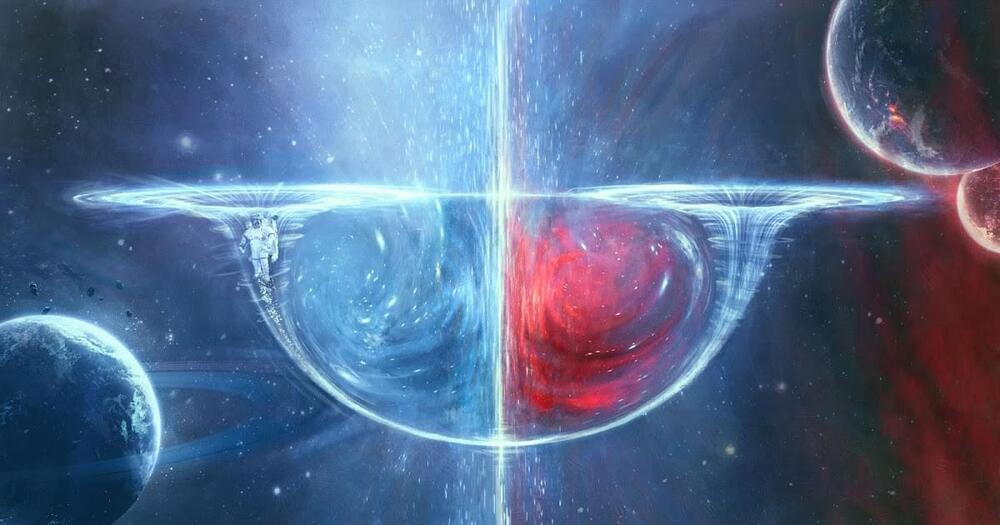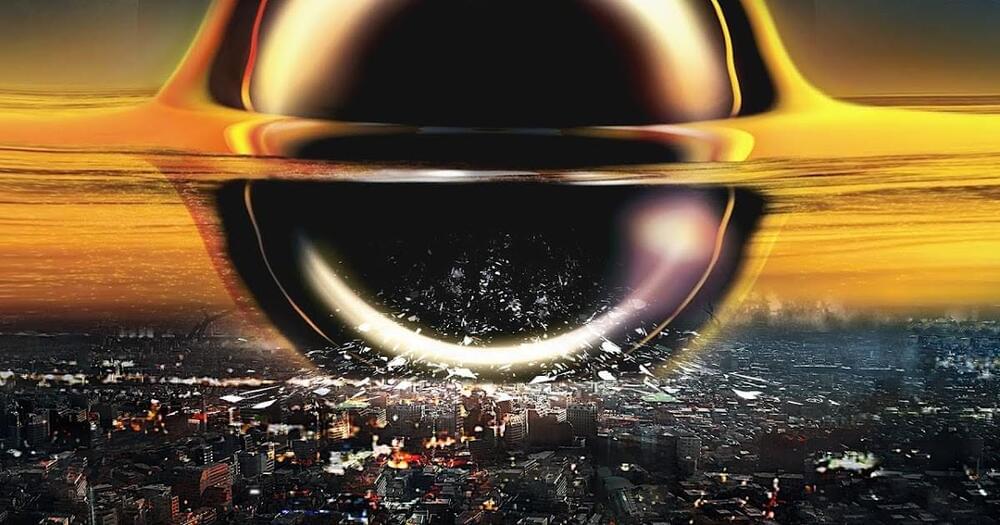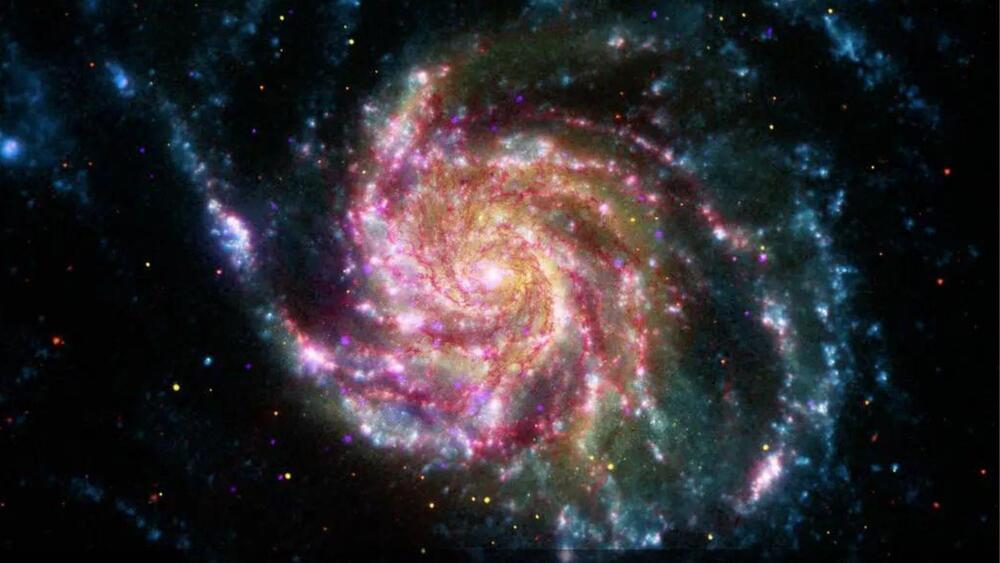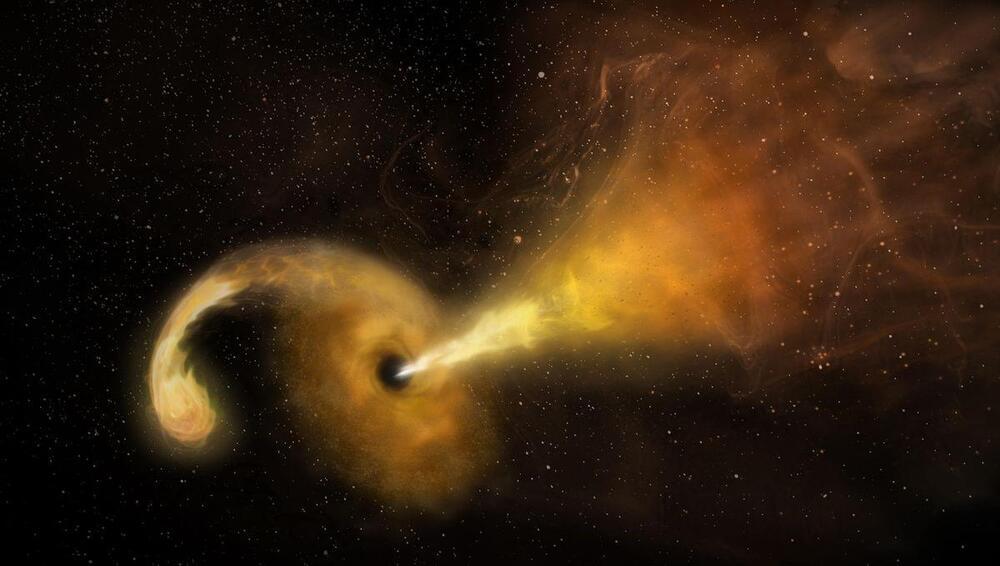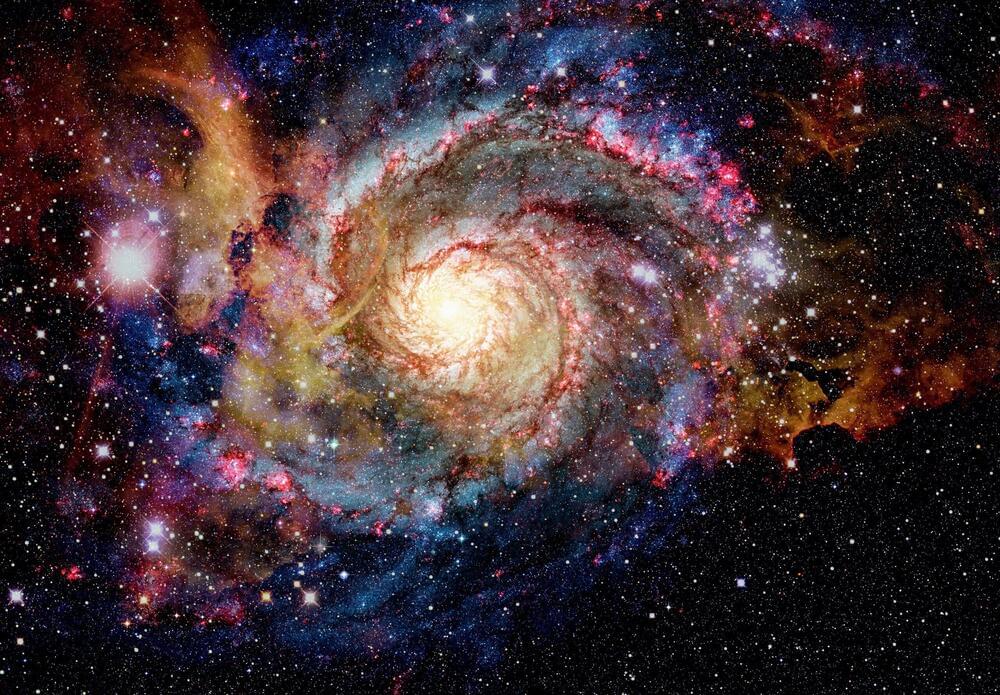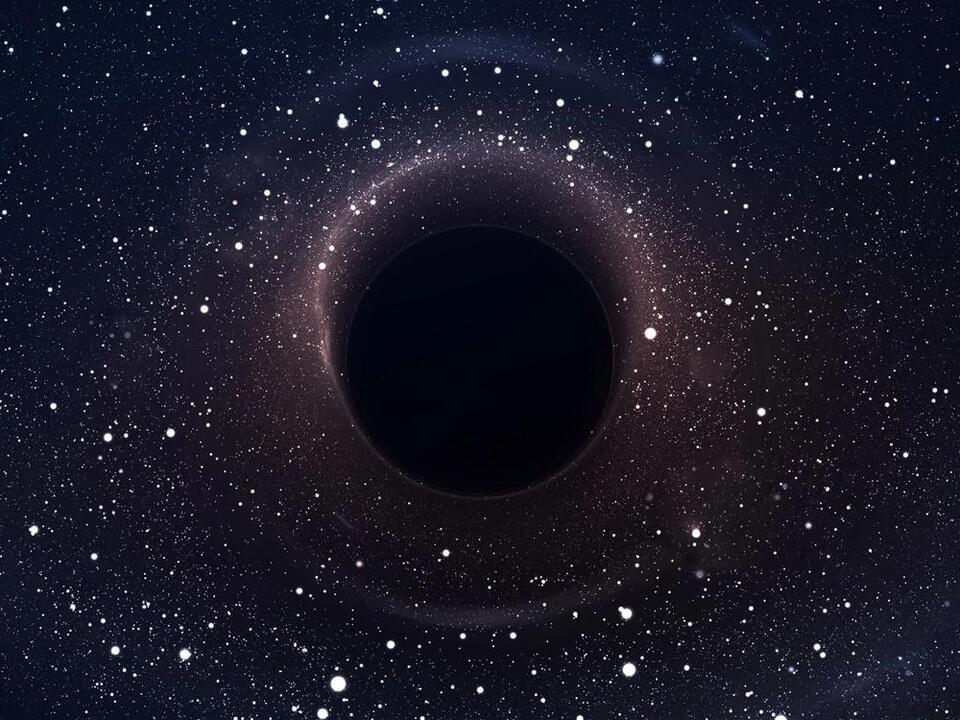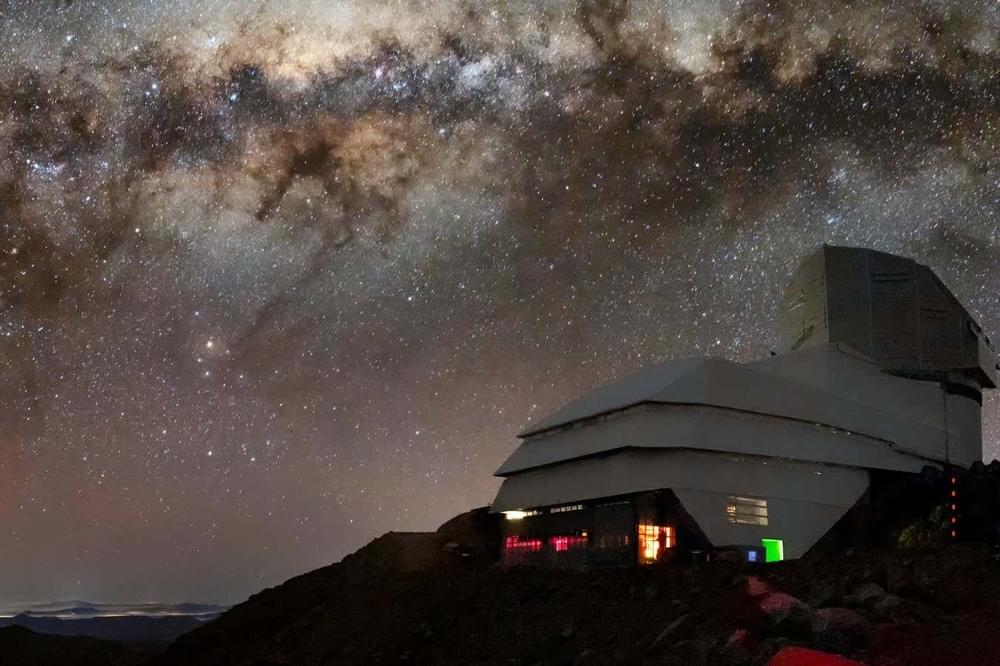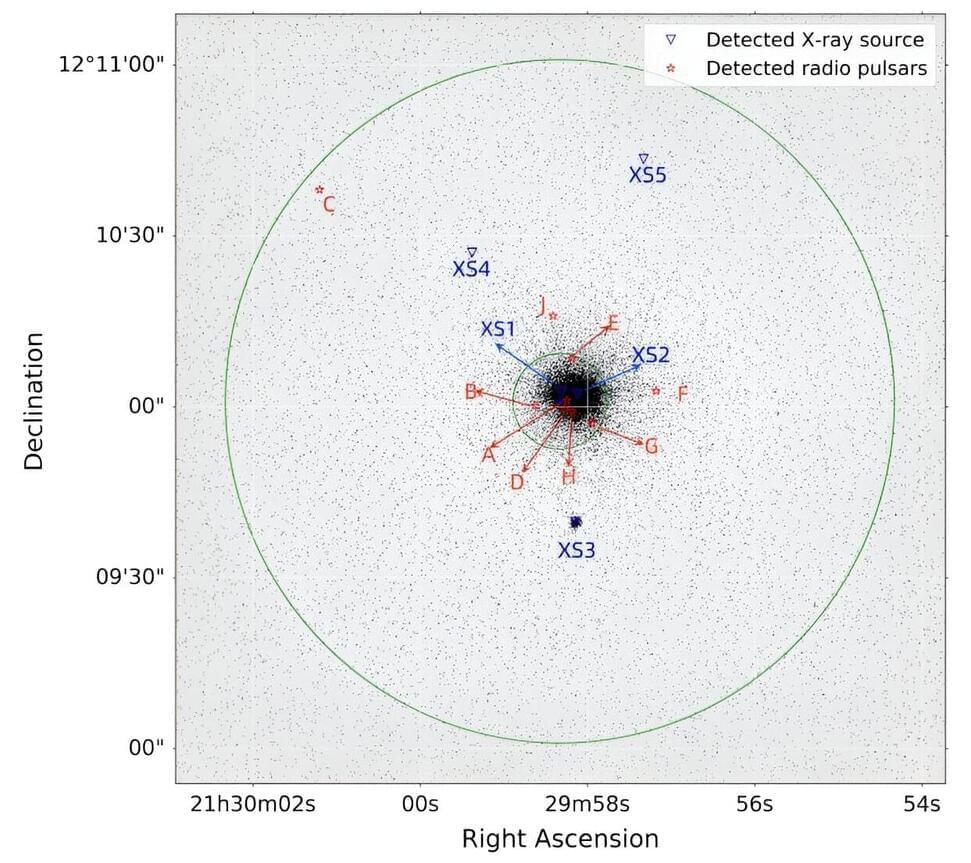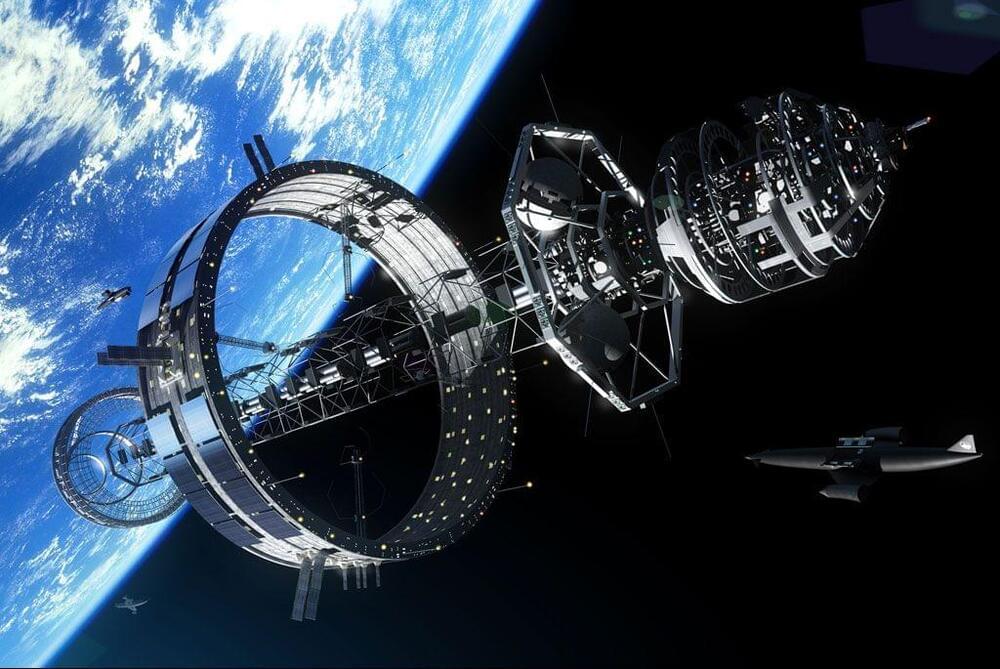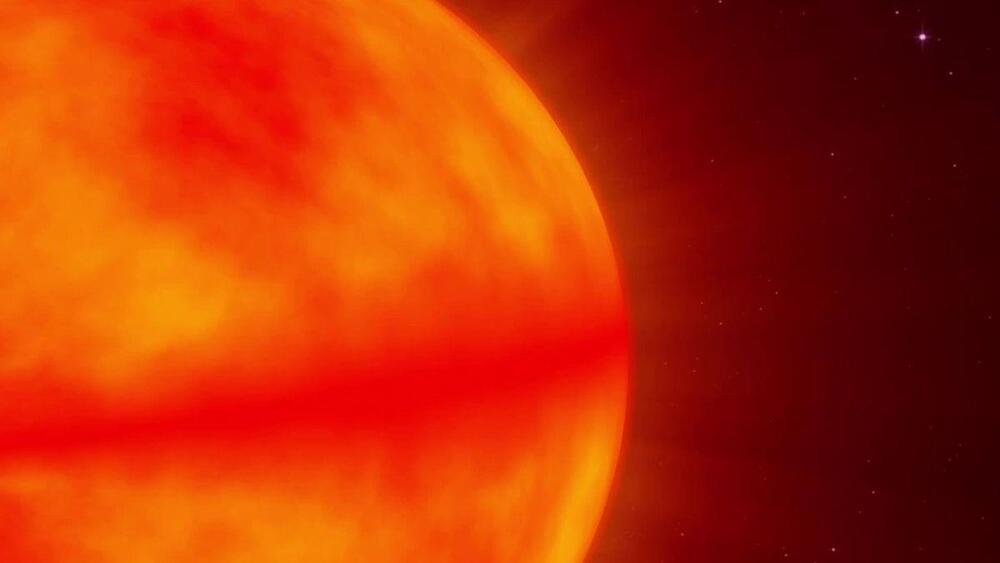Archive for the ‘cosmology’ category: Page 86
Dec 26, 2023
Scientists Hope That Their Discovery About Black Holes is a Mistake. Here is What They Discovered
Posted by Shubham Ghosh Roy in categories: cosmology, physics, space travel
Dec 26, 2023
‘Veil of death’: Giant star’s demise challenges stellar evolution theories
Posted by Shubham Ghosh Roy in category: cosmology
Contrary to established theories, the star’s supernova was enveloped in layers of dust, profoundly altering the expected shockwave dynamics.
Dec 26, 2023
Humans could use black holes as batteries, physics paper claims. Here’s how
Posted by Dan Breeden in categories: cosmology, physics
Black holes are some of the most powerful objects in the universe — and humans could devise ways to harness that power as an energy source, a new theoretical study claims.
Dec 26, 2023
Shapes of one million galaxies hint at the universe’s origins
Posted by Genevieve Klien in categories: cosmology, quantum physics
A recent study published in the journal Physical Review D marks a significant advancement in cosmology. A team of researchers has analyzed over one million galaxies to delve into the origins of the universe’s current cosmic structures.
This study contributes to the understanding of the ΛCDM model, the standard framework for the universe, which posits the significance of cold dark matter (CDM) and dark energy (the cosmological constant, Λ).
The model theorizes that primordial fluctuations, originating at the universe’s inception, acted as catalysts for the formation of all celestial objects, including stars, galaxies, and galaxy clusters.
Dec 25, 2023
Parasitic black holes could be hiding inside stars and even powering them
Posted by Dan Breeden in category: cosmology
Dark matter is one of the most mysterious things in the universe. But right up there in the same category are black holes — massive cosmic holes that seem to suck everything into them. Now, a new research paper posits that black holes and dark matter may go hand in hand thanks to parasitic black holes living inside of stars.
I know that’s a lot to take in, and I thought the same thing when I was reading through a new paper featured in The Astrophysical Journal . The new paper suggests that black holes might be living inside stars throughout the universe, eating away at them from the inside.
It’s a terrifying thesis and one that becomes even more terrifying when you think about the possibility of a black hole being inside our sun, eating away at it until the sun eventually dies. But just how much merit is there to this claim? Could parasitic black holes really be the cause of dark matter in the universe?
Dec 25, 2023
Dark stars may be waiting in a mirror universe for us to discover them
Posted by Dan Breeden in categories: cosmology, physics
Physicists have proposed that a mirror universe alongside our own might explain dark matter – and we might be able to see traces of its stars.
Dec 24, 2023
FAST detects three new pulsars in an old globular cluster
Posted by Dan Breeden in category: cosmology
Using China’s Five-hundred-meter Aperture Spherical radio Telescope (FAST), astronomers have discovered three new pulsars in an old Galactic globular cluster known as Messier 15. Two of them turned out to be long-period pulsars, while the remaining one spins so rapidly that it was classified as a millisecond pulsar. The finding was reported in a paper published Dec. 11 on the pre-print server arXiv.
Pulsars are highly magnetized, rotating neutron stars emitting a beam of electromagnetic radiation. The most rapidly rotating pulsars, with rotation periods below 30 milliseconds, are known as millisecond pulsars (MSPs). Astronomers assume that they are formed in binary systems when the initially more massive component turns into a neutron star that is then spun up due to accretion of matter from the secondary star.
Located some 35,700 light years away from the Earth, Messier 15 (also known as NGC 7078) is a core-collapsed GC with a radius of about 88 light years and an estimated mass of 560,000 solar masses. It is one of the oldest (about 12 billion years old) and most metal-poor Galactic GCs (with a metallicity of approximately −2.25), and one of the most densely packed GCs in our galaxy.
Dec 23, 2023
Kugelblitz! Powering a Starship With a Black Hole
Posted by Jose Ruben Rodriguez Fuentes in categories: cosmology, space travel
To construct a Dyson Shell (or Cap), an exceptionally light and very absorptive material would be necessary, because a 20-mile-radius (32 km), 0.4-inch-thick (1 cm) titanium Dyson Shell would have a mass of more than 1,200 Empire State buildings! Alternatively, a Dyson Cap that absorbs radiation that would be fed into a heat engine would have a lower mass, but would also deliver an inferior acceleration.
Furthermore, a gamma-ray laser is currently the only conceivable technology that could be used to make a Schwarzschild Kugelblitz. However, such a laser’s output frequency would need to exceed current technology by more than a billion times. Its pulse duration would have to be a hundred billion times shorter than that of lasers today. The total energy of a single laser pulse would need to be equivalent to the energy the sun puts out in 1/10 of a second.
While it’s true that the technical challenges render it unlikely that a SK will be fueling an interstellar starship anytime soon, it’s imperative that we embrace a wide range of theoretical research. SKs can produce many petawatts of useable radiation; therefore, they hold the potential to be an ideal source of power for interstellar starships. Thus, in time, Schwarzschild Kugelblitzes may merit a position of distinction on the vast technology arc that could one day take us to the stars.
Dec 22, 2023
Atom-size black holes from the dawn of time could be devouring stars from the inside out, new research suggests
Posted by Dan Breeden in categories: cosmology, particle physics
New research suggests that if tiny primordial black holes created during the Big Bang exist, some of them may have been snared by stars and are now forced to eat their way out.
